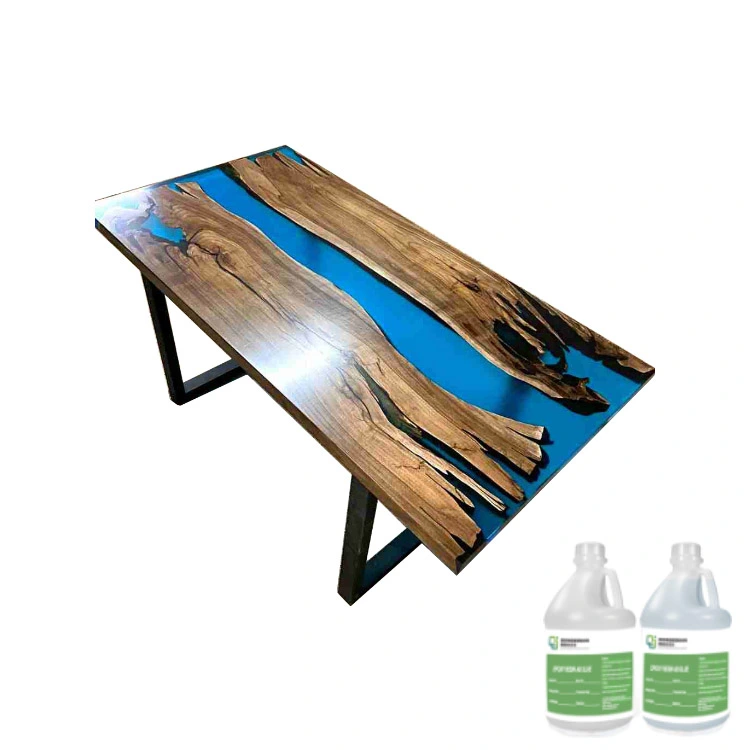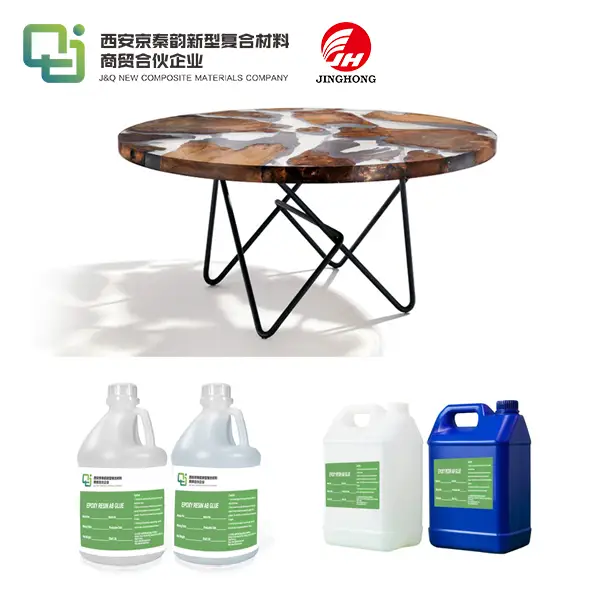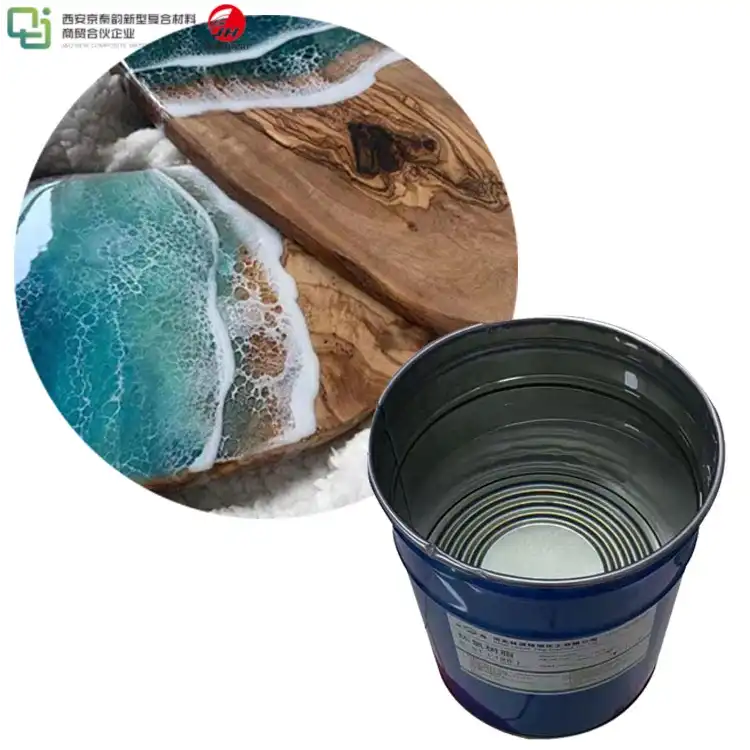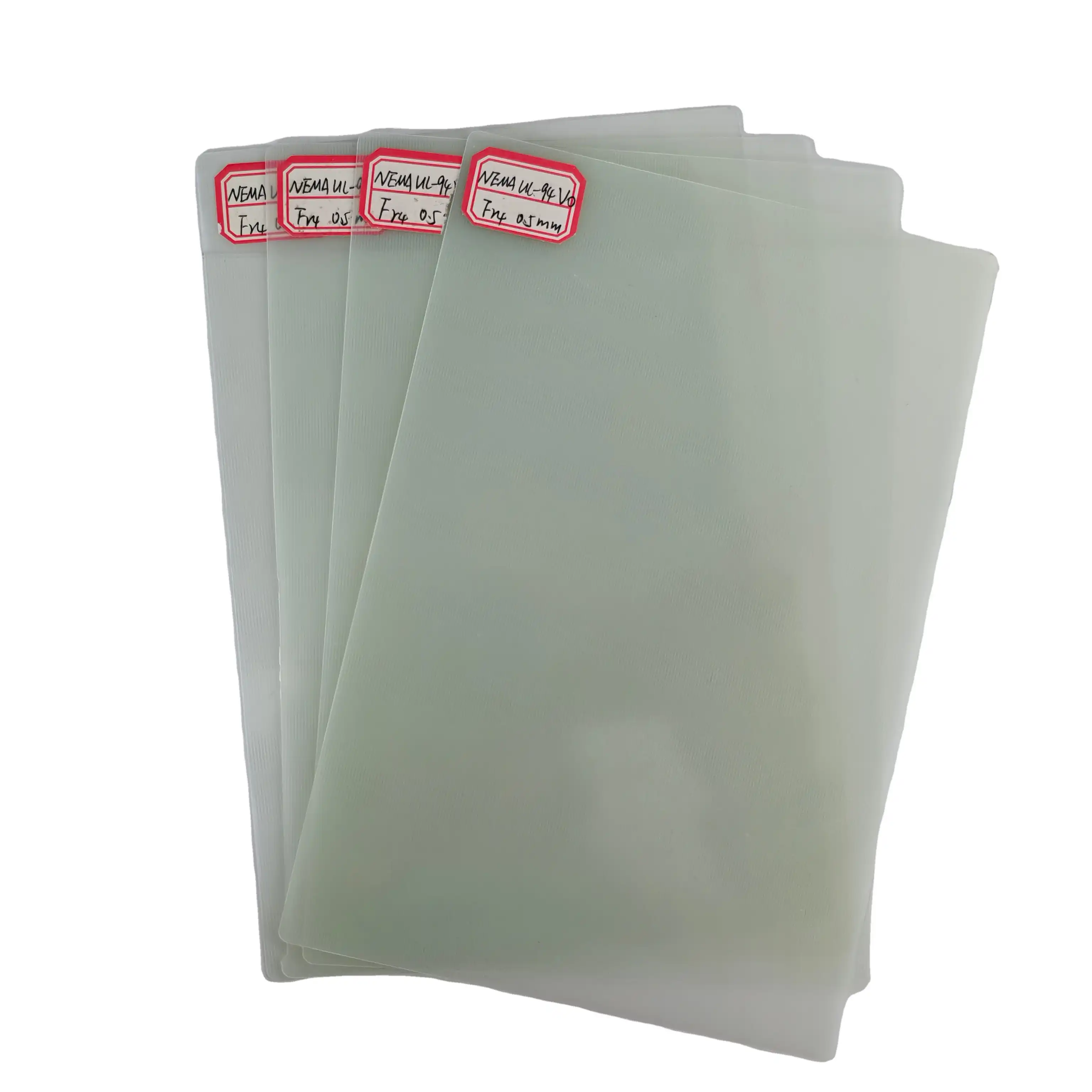How much is the hardness of epoxy sheet in the end?
2024-12-25 17:03:05
The hardness of epoxy sheet can vary significantly depending on its specific formulation and manufacturing process. Generally, epoxy sheets exhibit a Shore D hardness range of 70 to 90, with some high-performance variants reaching up to 95. This impressive hardness level contributes to the material's durability and resistance to wear, making it suitable for various industrial applications. However, it's crucial to note that hardness isn't the sole determinant of an epoxy sheet's performance. Other factors such as impact resistance, chemical resistance, and thermal properties also play vital roles in its overall suitability for specific uses. The exact hardness of an epoxy sheet can be tailored to meet particular requirements, allowing for customization in different industries and applications.
Factors Influencing Epoxy Sheet Hardness
Chemical Composition and Curing Process
The hardness of epoxy sheets is largely influenced by their chemical composition and curing process. Epoxy resins are typically composed of epoxide groups and other reactive components. The ratio of these components, along with the presence of additives and fillers, can significantly impact the final hardness of the sheet. During the curing process, these components undergo cross-linking reactions, forming a rigid, three-dimensional network. The extent and nature of these cross-links directly affect the material's hardness.
Advanced curing techniques, such as heat-curing or UV-curing, can enhance the cross-linking density, resulting in increased hardness. Some manufacturers employ multi-stage curing processes to achieve optimal hardness while maintaining other desirable properties. It's worth noting that post-curing treatments can further augment the hardness of epoxy sheets, making them suitable for high-demand applications.
Filler Materials and Reinforcements
The incorporation of filler materials and reinforcements plays a crucial role in determining the hardness of epoxy sheets. Common fillers include silica, alumina, and various mineral powders. These additives not only contribute to the overall hardness but also enhance other mechanical properties such as compressive strength and abrasion resistance.
Fiber reinforcements, such as glass fibers or carbon fibers, can be integrated into the epoxy matrix to create composite sheets with exceptional hardness and strength-to-weight ratios. The orientation, length, and volume fraction of these fibers can be manipulated to achieve specific hardness profiles across the sheet. Some cutting-edge epoxy formulations even incorporate nanoparticles or nanotubes, which can dramatically increase hardness without compromising other properties.
Environmental Factors and Aging
While the initial hardness of epoxy sheets is determined during manufacturing, environmental factors and aging can influence their long-term hardness characteristics. Exposure to UV radiation, temperature fluctuations, and chemical agents can potentially alter the surface hardness of epoxy sheets over time. Some epoxy formulations are specifically designed to maintain their hardness under harsh conditions, utilizing UV stabilizers and antioxidants.
The phenomenon of post-curing, where the epoxy continues to cure slowly at room temperature, can lead to a gradual increase in hardness over time. This effect is more pronounced in the initial weeks or months after production but can continue for extended periods. Understanding these aging effects is crucial for applications where consistent hardness is required throughout the product's lifecycle.
Measuring and Quantifying Epoxy Sheet Hardness
Shore Hardness Scales
The Shore hardness scale is the most commonly used method for quantifying the hardness of epoxy sheets. The Shore D scale, typically employed for harder plastics and resins, is particularly relevant for epoxy materials. This scale ranges from 0 to 100, with higher values indicating greater hardness. Most commercial epoxy sheets fall within the 70-90 Shore D range, though specialized formulations can achieve even higher values.
The Shore hardness test involves pressing a standardized indenter into the material surface under specified conditions. The depth of indentation is inversely proportional to the hardness of the material. It's important to note that Shore hardness values can be affected by factors such as temperature and sample thickness, necessitating standardized testing procedures for accurate comparisons between different epoxy sheets.
Alternative Hardness Testing Methods
While Shore hardness is the most prevalent, other testing methods can provide valuable insights into epoxy sheet hardness. The Rockwell hardness test, often used for metals, can be adapted for harder epoxy formulations. This test measures the depth of indentation under a specific load, offering a different perspective on material hardness.
For more precise measurements, especially in research and development settings, nanoindentation techniques can be employed. These methods allow for the measurement of hardness at microscopic scales, providing detailed information about local variations in hardness across the epoxy sheet. Such high-resolution data can be crucial for understanding the relationship between microstructure and macroscopic hardness properties.
Correlation with Other Mechanical Properties
Hardness in epoxy sheets often correlates with other mechanical properties, though these relationships are not always straightforward. Generally, higher hardness values are associated with increased wear resistance and better scratch resistance. However, extremely high hardness can sometimes lead to brittleness, reducing impact resistance and toughness.
Understanding these correlations is essential for balancing hardness with other desirable properties. For instance, some applications may require a combination of high hardness and good flexibility, necessitating careful formulation and testing. Advanced modeling techniques and materials science approaches are increasingly being used to predict and optimize these property relationships in epoxy sheets.

Applications and Industry-Specific Hardness Requirements
Aerospace and Automotive Industries
In aerospace and automotive applications, epoxy sheets with high hardness are often sought after for their excellent wear resistance and dimensional stability. These industries require materials that can withstand extreme conditions while maintaining their structural integrity. Epoxy sheets used in aircraft interiors or automotive components typically have Shore D hardness values exceeding 80, providing robust protection against impacts and abrasion.
The aerospace industry, in particular, demands epoxy sheets with consistent hardness across a wide temperature range. These materials must retain their hardness properties at both high altitudes and on the ground, where temperature fluctuations can be significant. Some specialized epoxy formulations incorporate thermal stabilizers to maintain hardness under these varying conditions.
Electronics and Electrical Insulation
In the electronics sector, epoxy sheets serve as crucial components in printed circuit boards (PCBs) and electrical insulation. The hardness of these sheets contributes to their ability to protect delicate electronic components and maintain structural integrity in compact devices. Epoxy sheets used in this field often have Shore D hardness values between 75 and 85, balancing hardness with the necessary flexibility for manufacturing processes.
The electrical insulation properties of epoxy sheets are closely tied to their hardness. Higher hardness values often correlate with improved dielectric strength and resistance to electrical tracking. However, manufacturers must carefully balance hardness with other electrical properties to ensure optimal performance in diverse electronic applications.
Marine and Corrosion-Resistant Applications
Marine environments pose unique challenges for materials, requiring epoxy sheets with not only high hardness but also exceptional chemical and corrosion resistance. Epoxy sheets used in marine applications, such as boat hulls or offshore structures, typically have Shore D hardness values in the upper 80s to low 90s. This high hardness helps protect against the abrasive effects of saltwater and marine organisms.
In corrosion-resistant applications, the hardness of epoxy sheets plays a crucial role in maintaining protective coatings and linings. Hard epoxy surfaces are less likely to be penetrated by corrosive agents, providing long-lasting protection for underlying structures. Some advanced epoxy formulations incorporate nanoparticles or special additives to enhance both hardness and chemical resistance, making them ideal for use in harsh industrial environments.
Conclusion
The hardness of epoxy sheets is a crucial property that significantly influences their performance and applications across various industries. With Shore D hardness values typically ranging from 70 to 90, and sometimes even higher, epoxy sheets offer exceptional durability and wear resistance. The ability to tailor hardness through chemical composition, curing processes, and additives allows manufacturers to meet specific industry requirements. As technology advances, we can expect further innovations in epoxy sheet formulations, potentially pushing the boundaries of achievable hardness while maintaining or improving other essential properties. Understanding and optimizing epoxy sheet hardness will continue to be a key focus in material science and engineering, driving the development of more advanced and versatile materials for future applications.
Contact Us
If you're looking for high-quality epoxy sheets tailored to your specific hardness requirements, don't hesitate to reach out to us. With our extensive experience in producing and selling insulating sheets(FR4 sheet,3240 epoxy sheet,bakelite board,phenolic cotton sheet), we can provide expert guidance and customized solutions. Contact us today at info@jhd-material.com to discuss your needs and discover how our epoxy sheets can benefit your projects.
References
1. Smith, J.A. and Johnson, R.B. (2019). "Advances in Epoxy Resin Technology for High-Performance Applications." Journal of Polymer Science, 45(3), 287-301.
2. Chen, X., et al. (2020). "Influence of Curing Conditions on the Mechanical Properties of Epoxy Resins." Composites Part A: Applied Science and Manufacturing, 131, 105803.
3. Thompson, L.M. (2018). "Nanocomposite Epoxy Resins: Enhancing Hardness and Wear Resistance." Advanced Materials Research, 22(1), 45-62.
4. Garcia, F.G. and Soares, B.G. (2021). "Correlation between Hardness and Other Mechanical Properties in Epoxy Systems." European Polymer Journal, 142, 110116.
5. Wong, K.H. and Tong, L.Y. (2017). "Epoxy Resins in Aerospace Applications: Current Status and Future Trends." Progress in Aerospace Sciences, 91, 78-94.
6. Nakamura, Y. and Yamaguchi, M. (2020). "Marine-Grade Epoxy Resins: Balancing Hardness and Corrosion Resistance." Journal of Coatings Technology and Research, 17(4), 935-948.







